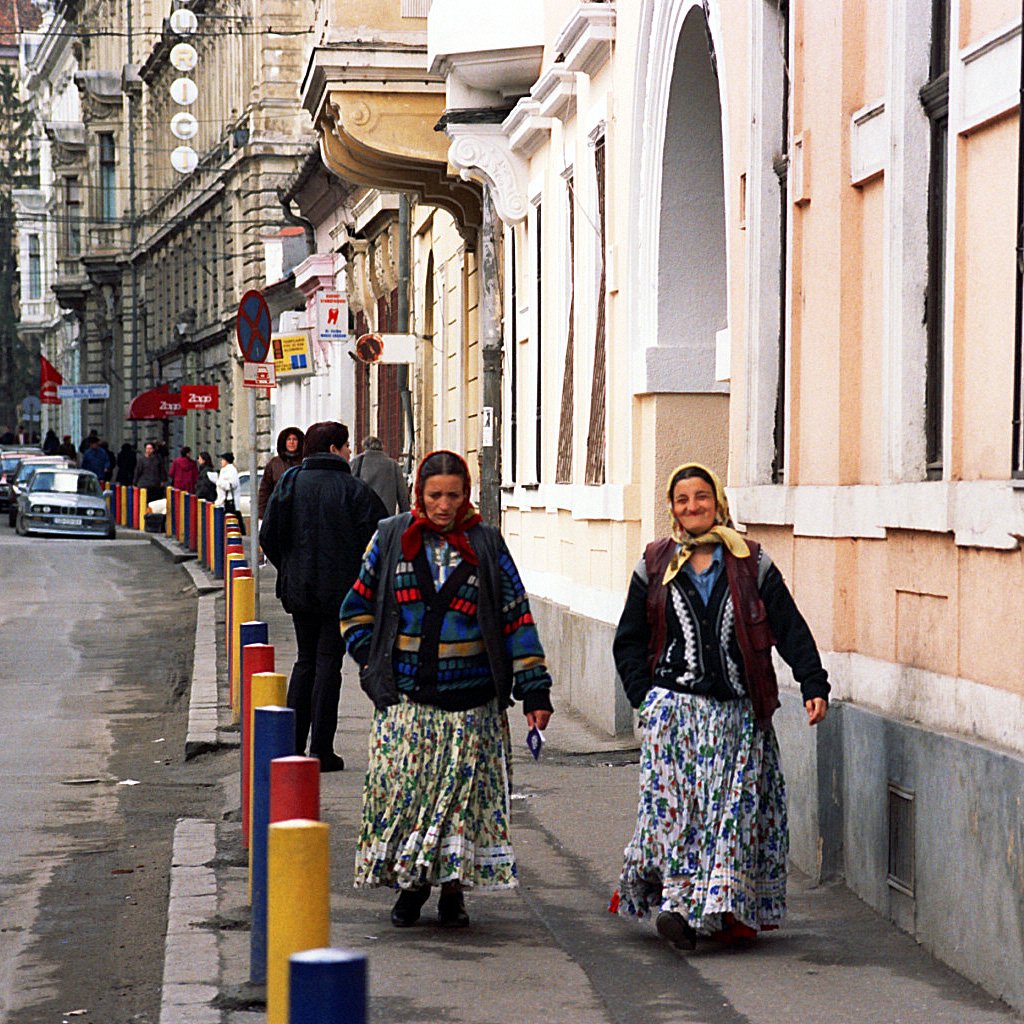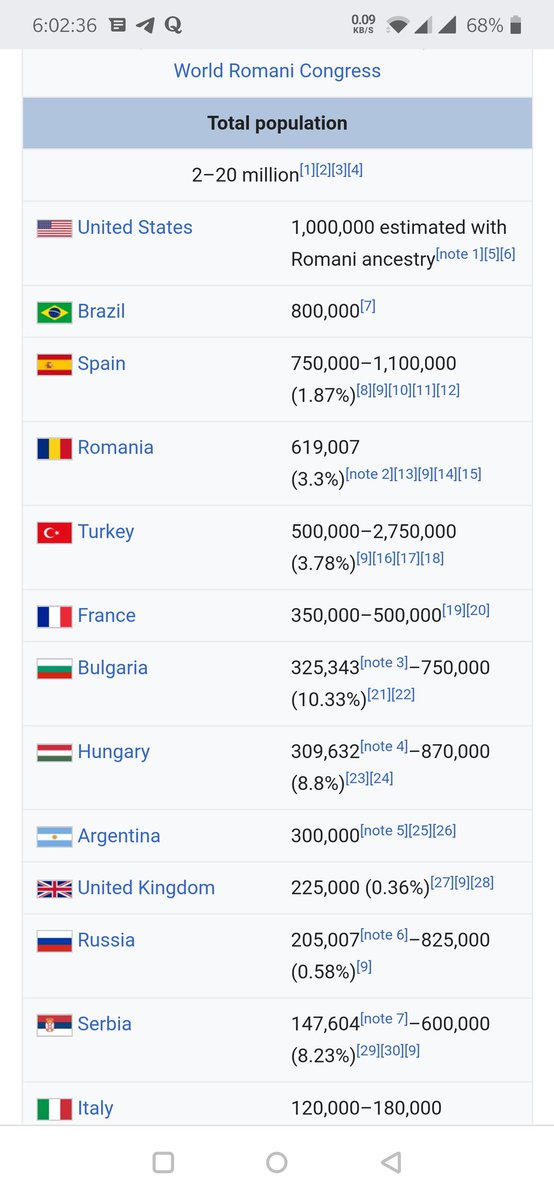#Thread on Bakshali Manuscript, ca. 224–383 CE a Hindu Treatise in India's contribution to Mathematics. It was a gateway to the modern Mathematics.
It has World's earliest use of Zero.
treasures.bodleian.ox.ac.uk/treasures/bakh…
#Archaeology @CKRaju14
1/16
It has World's earliest use of Zero.
treasures.bodleian.ox.ac.uk/treasures/bakh…
#Archaeology @CKRaju14
1/16

Bakshali Manuscript Folio 14 has world's first use of "0" or "Zero" as a Placeholder dating 2-3rd Century AD
सुण्य-स्थान sunya-sthana or 'empty place' has been used several times.
2/16

सुण्य-स्थान sunya-sthana or 'empty place' has been used several times.
2/16


The original writer of Bakshali manuscript knew "Sumerian" (c. 4500 – c. 1900 BC) or their existence.
The writer writes on Folio #33 𝐭𝐡𝐚𝐭 𝐒𝐮𝐫𝐚𝐬 (𝐦𝐢𝐧𝐨𝐫 𝐝𝐞𝐢𝐭𝐢𝐞𝐬) 𝐝𝐰𝐞𝐥𝐥 𝐨𝐧 "𝐒𝐮𝐦𝐞𝐫𝐮".
3/16



The writer writes on Folio #33 𝐭𝐡𝐚𝐭 𝐒𝐮𝐫𝐚𝐬 (𝐦𝐢𝐧𝐨𝐫 𝐝𝐞𝐢𝐭𝐢𝐞𝐬) 𝐝𝐰𝐞𝐥𝐥 𝐨𝐧 "𝐒𝐮𝐦𝐞𝐫𝐮".
3/16




Bakshali Manuscript on mathematics is older than many Greek writers. It is also a precursor to Aryabhatta's contribution
4/16
4/16
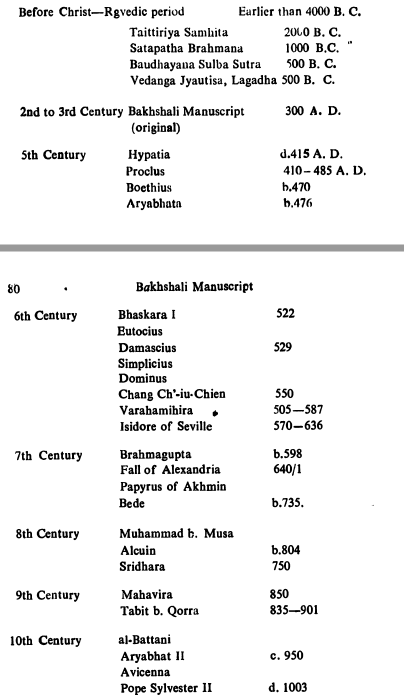
Bakshali Manuscript written on birchbark was found at Bakhshali near Mardan on the north-west frontier of India in 1881
Folio 50, mention that it was scribed by a Brahmana, a prince of calculators, the son of Chajaka (चाजाका) a hindu and a great devout to #Shiva
5/16

Folio 50, mention that it was scribed by a Brahmana, a prince of calculators, the son of Chajaka (चाजाका) a hindu and a great devout to #Shiva
5/16


Given that the Script is a copy of an original. The original work must date prior to 2nd Century.
This survived written copy may be reprint of older work carried over long before.
The researcher agreed that Script was totally Indigenous
6/16
This survived written copy may be reprint of older work carried over long before.
The researcher agreed that Script was totally Indigenous
6/16
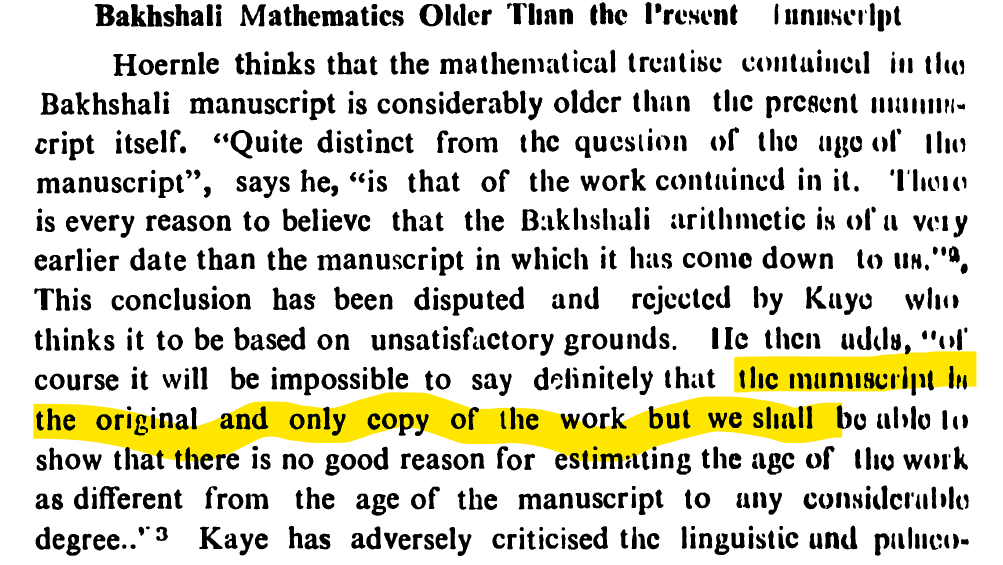
The Manuscript elaborates:
linear equations
Indeterminate equations of the 2nd °
Arithmetical progressions
Quadratic equations
Approximate value of √
Complex series
Problems of the type x (1-a1)(1-a2)....(1-an) = P
The computation of the fineness of gold
Mensuration
7/16

linear equations
Indeterminate equations of the 2nd °
Arithmetical progressions
Quadratic equations
Approximate value of √
Complex series
Problems of the type x (1-a1)(1-a2)....(1-an) = P
The computation of the fineness of gold
Mensuration
7/16


The scheme of exposition used is Sutram सूत्रम Udaharanam उदाहरनम् Styapanam स्त्यपनम Nyasa न्यासा Karanam कारणम Pratyanam परत्यनाम
QED what i learnt in my schooling 🙂
9/16
QED what i learnt in my schooling 🙂
9/16

Certain operators are often abbreviated such asfor bhaga, placed after a term to indicate that it is itd ivisor.
se°3 for sesam, a remainder.
mu°5 for mulam, a root, a quantity that has a root, capital,
pha°7 for "phalam", an answer
11/16
se°3 for sesam, a remainder.
mu°5 for mulam, a root, a quantity that has a root, capital,
pha°7 for "phalam", an answer
11/16

The rule for approximation and 2nd Approximation of Square root is given in the form of an equation.
12/16

12/16

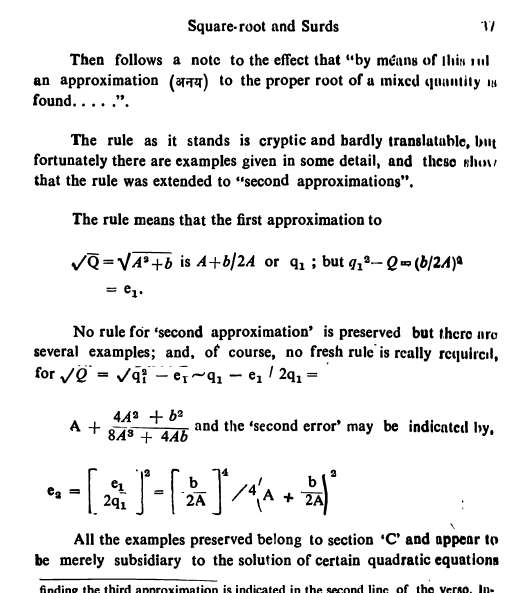
The writers asserts that Indian mathematics has reached Nessel-mann's third and the last stage of development of the science of algebra long before all the other nations of the world by inventing good system of notations
13/16
13/16

Change ratios, Time Measures, Arc Measures, Money Measures, Weight Measures, Length Measures, Capacity Measures are well defined in the manuscript
14/16

14/16


Here are the link to the books
ia800109.us.archive.org/3/items/Bakhsh…
archive.org/details/in.ern…
Bakshali Manuscript images are available here
personal.math.ubc.ca/~cass/bakhshal…
Important links for avid readers
blog.sciencemuseum.org.uk/illuminating-i…
15/16
ia800109.us.archive.org/3/items/Bakhsh…
archive.org/details/in.ern…
Bakshali Manuscript images are available here
personal.math.ubc.ca/~cass/bakhshal…
Important links for avid readers
blog.sciencemuseum.org.uk/illuminating-i…
15/16
• • •
Missing some Tweet in this thread? You can try to
force a refresh






